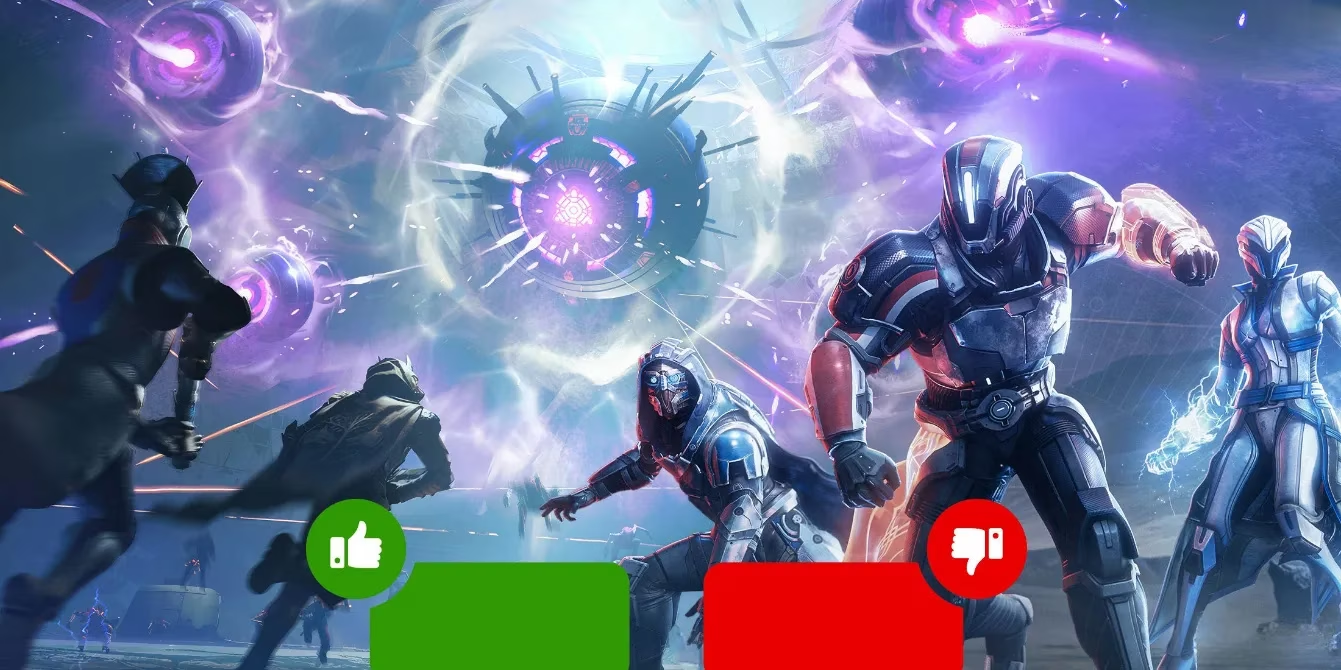Destiny: Rising's Approach to New Players Highlights Destiny 2's Persistent Weaknesses
Discover how Destiny: Rising revolutionizes onboarding with intuitive tutorials and paced progression, enhancing player engagement in the Destiny universe.

NetEase's Destiny: Rising emerges as a mobile gacha game set in an alternate Destiny universe, leveraging creative freedom to address longstanding pain points that have haunted Bungie's flagship franchise. While Destiny 2 continues to deliver unparalleled first-person shooter mechanics, its Achilles' heel remains the notoriously inaccessible onboarding process for newcomers—a flaw Destiny: Rising deliberately counteracts through meticulously paced progression systems. This divergence in approach underscores a critical industry dilemma: how live-service games sustain engagement across veteran and novice audiences amid ever-expanding content ecosystems.
🎮 The Crumbling Onboarding Foundation of Destiny 2
For over seven years, Destiny 2's new player experience has resembled a labyrinth without a map. Several interconnected failures perpetuate this crisis:
-
Cognitive Overload Mechanics: New Lights encounter dozens of intertwined systems simultaneously—mods, subclasses, vendors, and seasonal activities—with minimal contextual guidance. Unlike tactical shooters where core loops remain consistent, Destiny 2's RPG layers bombard players before establishing foundational literacy.
-
Narrative Fragmentation: The controversial Content Vault erased pivotal story campaigns like Red War and Forsaken, creating temporal rifts in plot continuity. Newcomers meet characters referencing unresolved events or vanished locations, breeding disorientation.
-
Progression Disconnect: Early missions fail to demonstrate how patrol zones connect to endgame raids, leaving players adrift in a vast but unexplained universe. Quests like New Light offer superficial introductions but ignore meta-concepts like power creep or buildcrafting.
This trifecta of shortcomings transforms initial excitement into frustration, with retention rates plummeting within the first 10 hours. Even 2025's Into the Light expansion couldn't fully mend these systemic fractures.
✨ Destiny: Rising's Gradualist Philosophy
Contrastingly, Destiny: Rising adopts a scaffolded onboarding methodology:
| Design Element | Destiny: Rising | Destiny 2 |
|---|---|---|
| Mechanical Introduction | Tiered unlock system (e.g., basic jumps before combat) | Overwhelming immediate access |
| Narrative Pacing | Environmental storytelling through bite-sized lore capsules | Assumed knowledge of vaulted content |
| System Complexity | Gacha mechanics introduced post-tutorial completion | Multiple currencies/engrams from first mission |
| Feedback Loops | Real-time tooltips contextualizing abilities | Wiki-dependent experimentation |
Notably, Rising treats mobility as a skill tree rather than an innate ability. Players master double jumps before encountering combat scenarios requiring aerial evasion—a stark contrast to Destiny 2's hope you figure it out approach. This granularity extends to narrative; factions like the Awoken or Hive emerge through localized conflicts rather than cosmic exposition dumps.
🔄 The Fresh-Start Paradox
While Destiny: Rising benefits from launching without legacy baggage, its design intentionality transcends new-game advantages. Consider these deliberate inclusions:
-
Cognitive Chunking: Complex systems (e.g., elemental affinities) unlock in isolated modules with mastery checks before integration
-
Emotive Anchoring: Early NPCs accompany players through micro-stories, forging attachments before large-scale threats emerge
-
Predictable Pacing: Gacha mechanics activate only after 5+ hours, avoiding pay-to-win perceptions during vulnerability windows
Yet Rising's success raises uncomfortable questions: Can established franchises retrofit such onboarding elegance? Destiny 2's New Light revamp attempted similar goals but faltered by bolting tutorials onto existing systems rather than rebuilding foundations.
🌌 Implications Beyond the Destiny Universe
The contrast between these titles illuminates broader industry crossroads:
-
Live-Service Sustainability: Games surpassing five-year marks must choose between preserving veteran depth or cultivating new audiences—Rising proves these aren't mutually exclusive
-
Mobile Design Influence: Console/PC developers increasingly adopt mobile-style progressive revelation (e.g., Warframe's Duviri Paradox intro)
-
Narrative Accessibility: Alternate universes offer lore reset opportunities without alienating existing fans
Will Destiny 2's architects embrace Rising's gradualist blueprint? Or will the weight of seven years' technical debt and veteran expectations perpetuate its initiation crisis? Perhaps true evolution demands something bolder: a Destiny 3 reboot engineered around accessibility from day one. Until then, Rising's approach offers a compelling—if unintended—critique of how live-service giants sometimes forget that every Guardian was once lost in the dark.
